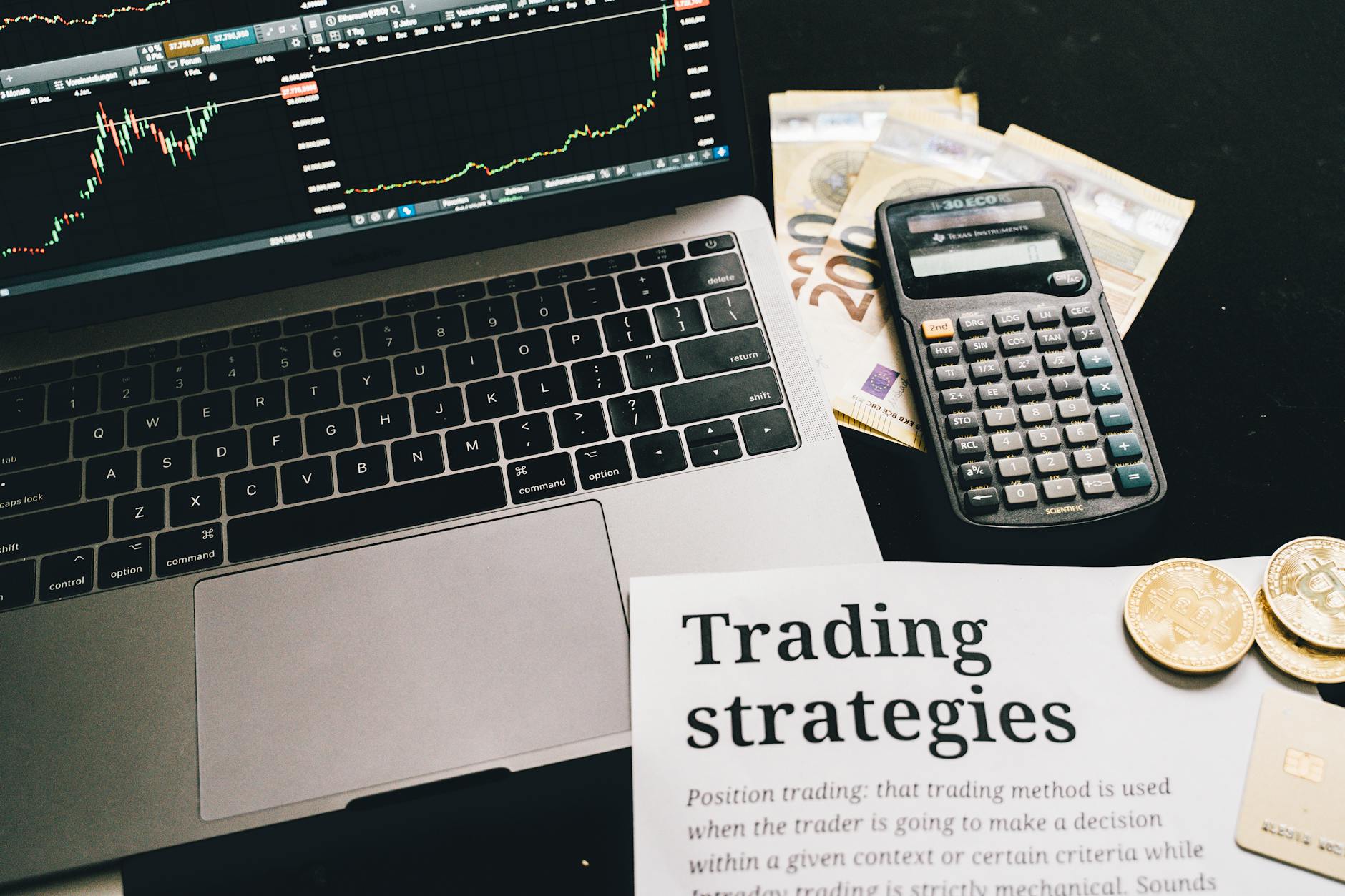Gentlemen, let’s delve into the arcane world of market microstructure. Forget the flashy headlines and rollercoaster charts; we’re going deep, deeper than my meticulously crafted cold brew. We’re talking about the hidden plumbing of the stock market – the intricate mechanisms that actually make the prices move.
The Order Book: A Symphony of Bids and Asks
Imagine a colossal spreadsheet, updated milliseconds at a time – that’s the order book. Every buy and sell order rests there, a testament to the collective greed and fear of countless investors. The interplay of bids (buy orders) and asks (sell orders) determines the market price, a delicate dance of supply and demand played out in real time. Think of it as a giant, hyperactive chess match, where each move is a potential ripple across the entire market.
Understanding the order book is crucial. It reveals the underlying liquidity of a stock, indicating the ease with which one can buy or sell without significantly impacting the price. A deep order book suggests plenty of willing buyers and sellers, a sign of stability (at least, as stable as this ludicrous game can get). A shallow order book, however? That’s when things can get… spicy.
Market Makers: The Unsung Heroes (and Villains)
These are the unsung heroes (and sometimes, villains) of the stock market – the financial institutions that provide liquidity. They constantly quote bid and ask prices, ensuring smooth trading even in volatile conditions. They’re essentially the market’s buffer, absorbing buy and sell orders and providing stability. Their role is vital, as without them, trading would be a chaotic mess. Imagine trying to trade stocks without them – you wouldn’t even know where to start, unless you’re some kind of… dark wizard.
But remember, market makers are businesses, and businesses seek profit. They’re not purely altruistic. Their actions can influence prices, sometimes subtly, sometimes not so subtly. Understanding their motivations is essential to navigating the market effectively. This is where my years in the cutthroat world of finance come in handy – well, somewhat handy. Let’s just say I’ve seen things you wouldn’t believe.
Algorithmic Trading: The Rise of the Machines
High-frequency trading (HFT) is one of the more interesting aspects of this whole deal. These computer algorithms, trading at speeds beyond human comprehension, account for a significant percentage of market volume. They’re constantly scanning, analyzing, and executing trades in milliseconds, often using complex mathematical models that would make my head spin faster than a double-bass drum solo. (Though, to be fair, Death Metal’s my friends’ thing. I prefer something… less ear-splitting).
HFT firms are masters of extracting minuscule profits from a massive volume of trades. Think of it as the financial equivalent of picking up pennies in front of a steamroller. These guys are fast. I’d even say it’s pretty impressive, if slightly terrifying. You wouldn’t want to get between them and their profit goals. They’re relentless. One thing’s for sure: market volatility increases and the whole system becomes even more complex. It’s a wild ride! For further reading on the intricacies of these algorithms, check out this fascinating paper from the National Bureau of Economic Research.
The Dark Pools: Where the Big Boys Play
This is where things start to get really interesting. Dark pools are private exchanges that allow large institutional investors to trade large blocks of shares without revealing their intentions to the broader market. The lack of transparency makes them fascinating, yet somewhat unnerving. It’s like a secret poker game where the high-rollers bet huge amounts with no one else knowing the cards at the table. The whole deal raises important questions about fairness and transparency in financial markets, but let’s not get too sidetracked. It’s a fascinating (and slightly worrying) part of the ecosystem.
The opacity of dark pools is something to keep in mind. Understanding their role is crucial for a full picture of market dynamics, as these transactions can significantly influence price discovery. To get a better perspective on the regulation of these pools, you should take a look at the Securities and Exchange Commission’s website.
So there you have it, a slightly caffeinated and definitely opinionated overview of market microstructure. Remember, my friends, knowledge is power, especially when it comes to navigating this wild, wild world of finance. And now, if you’ll excuse me, I need to check the grind size of my Ethiopian Yirgacheffe. Perfection takes time. Besides, I may be late for everything, but my coffee is always on time. Oh, and if you need a mug to enjoy that perfectly brewed cup, check out our unique coffee mugs online – they’re far less chaotic than the stock market, I promise.


